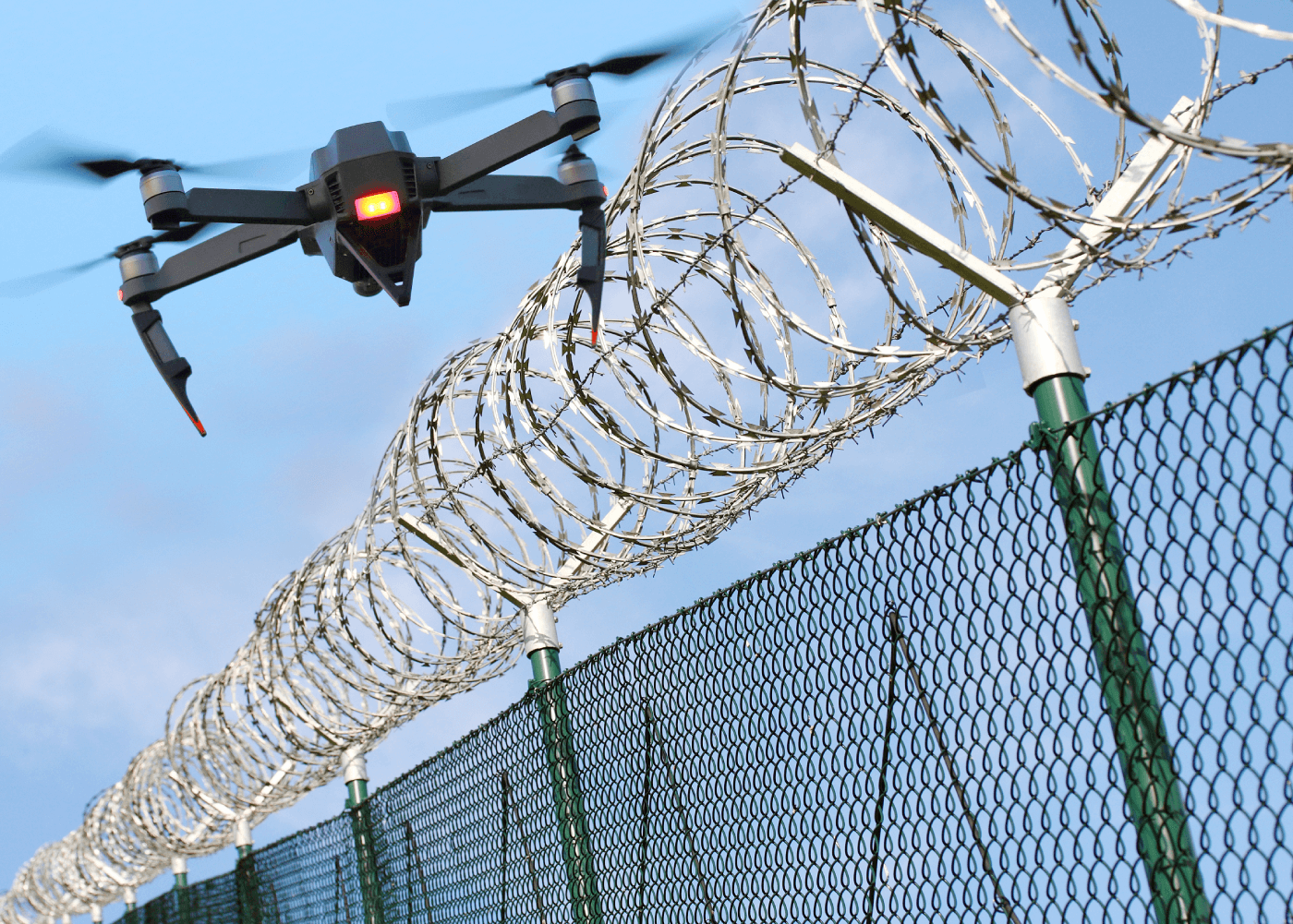The Indian drone industry is experiencing a remarkable transformation, with startups reporting extraordinary revenue growth and diversifying into innovative use cases across defense, agriculture, logistics, and infrastructure sectors. Recent market developments indicate robust commercial viability, driven by favorable regulatory frameworks, increasing investment, and expanding technological capabilities.
Market Performance and Revenue Surge
The drone startup ecosystem has demonstrated exceptional financial performance in FY25, with leading companies reporting unprecedented growth rates. Garuda Aerospace has projected revenue of Rs 117.57 crore for FY25 and is targeting Rs 250 crore in FY26, representing more than a doubling of revenue within a single fiscal year. The company expects to close FY25 with a net profit of Rs 23.69 crore, demonstrating sustainable profitability.
IG Drones achieved remarkable 330% revenue growth in FY25 to reach Rs 22.4 crore, while ramping up manufacturing capabilities fivefold to produce 1,000 drones. CEO Bodhisattwa Sanghapriya has confirmed targeting Rs 100 crore in revenue for FY26, with a current order book exceeding Rs 20 crore. The overall Indian drone market, valued at $654 million in 2024, is expected to reach $1.43 billion by 2029, representing a 17% CAGR.
Defense and Technological Innovation
The defense sector has emerged as a critical growth driver, particularly following Operation Sindoor, which highlighted drone deployment in tactical military operations. Chennai-based Zuppa raised Rs 5 crore from Four Pursuits Ventures and experienced a tenfold jump in customer engagements, targeting 20-30 times revenue increase in FY26. The company developed India’s only proprietary autopilot system using patented Disseminated Parallel Control Computing in Real Time (DPCC) architecture.
IG Drones’ innovations include India’s first 5G drone and simulator technologies, with systems proving instrumental in real-time surveillance during Operation Sindoor. The company maintains a 60:40 revenue split between government contracts and private deals in FY25.
Agricultural and Commercial Applications
Agricultural applications have become significant growth drivers, with Marut Drones raising $6.2 million in Series A funding to enhance manufacturing from 300 to 3,000 drones annually. The company operates 750 drones with over 1,000 pilots across 14 states, targeting Rs 1,000 crore revenue within five years. Drone applications include precision farming, GPS-enabled field mapping, soil analysis, and targeted input application.
Commercial logistics are expanding rapidly, with Skye Air launching ultra-fast drone delivery in Bengaluru, promising deliveries in seven minutes using Skye Ship One drones carrying up to 10 kg. Customers include major logistics providers like Bluedart, DTDC, and Shiprocket.
Government Policy and Investment Landscape
The government’s comprehensive policy framework aims to position India as a global drone hub by 2030. The Production Linked Incentive scheme allocates Rs 120 crore over three years, offering up to 20% incentives on value addition. The Drone Rules 2021 designated 90% of Indian airspace as “green zones,” allowing free operation up to 400 feet altitude.
Investment activity remains robust despite global funding decreases, with Indian drone startups raising $39 million across 13 funding rounds in 2025. Garuda Aerospace secured Rs 100 crore in Series B funding in April 2025, achieving a $250 million valuation. The first quarter of FY2025 recorded total deal value of Rs 311.28 crore.
Future Outlook and Market Projections
Market projections indicate continued robust expansion, with IMARC Group estimating growth from USD 1,210.0 million in 2024 to USD 2,578.0 million by 2033, exhibiting 8.80% CAGR. Inc42 projects the Indian drone market reaching $13 billion by 2030, growing at 21% CAGR between 2022-2030. Civil Aviation Minister Jyotiraditya Scindia has projected industry turnover reaching Rs 15,000 crore by 2026.
The sector’s growth is driven by AI and machine learning integration, expanding e-commerce applications, battery technology advancements, and comprehensive training programs. Companies are establishing drone remote pilot training organizations with state governments and agriculture universities.
Conclusion
India’s drone industry has successfully transitioned from experimental technology to commercial viability across multiple sectors. The combination of supportive government policies, robust investment activity, technological innovation, and expanding applications has created a foundation for sustained growth. Companies are achieving significant revenue growth while advancing toward profitability, indicating market maturation and commercial validation. The government’s target of making India a global drone hub by 2030 appears increasingly achievable given current momentum and sustained industry performance.
